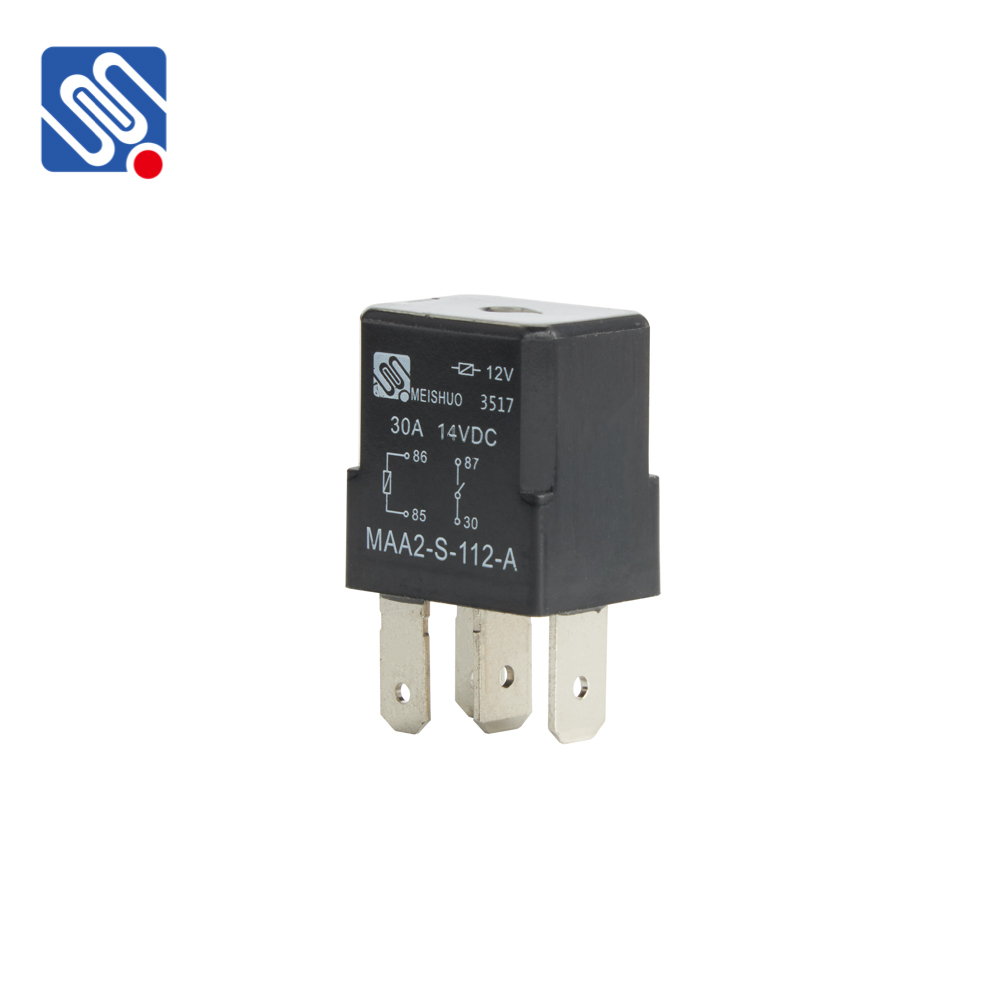understanding relay current: types, applications, and considerations
Release time:2025-10-20 22:19:30
Relays are essential components in electrical systems, often used to control the switching of circuits, manage loads, and automate processes. One of the key aspects of a relay’s operation is the current that flows through it, referred to as the relay current. Understanding the different types of relay currents and how they impact the functionality and efficiency of electrical systems is crucial for selecting the right relay for specific applications.

What is Relay Current?
Relay current can refer to the electrical current flowing through the relay’s coil or its contacts. There are primarily two categories of current associated with relays:
Coil Current: This is the current that flows through the relay’s coil to energize the electromagnet. When a current passes through the coil, it generates a magnetic field that either closes or opens the contacts of the relay, depending on its design. The coil current is typically low and is governed by the relay's rated coil voltage and resistance.
Contact Current: When the relay’s contacts close, a load current flows through them. This is the current passing through the contacts to power the connected device or circuit. The magnitude of the contact current is often higher than the coil current, and it varies depending on the relay’s purpose and the load it is switching.

